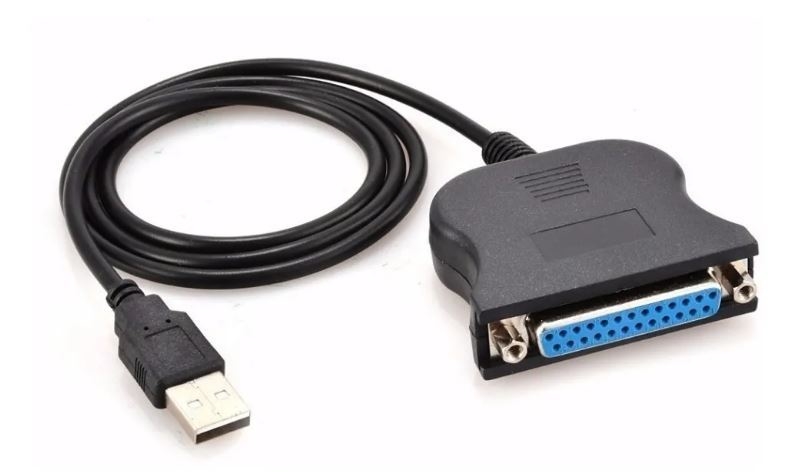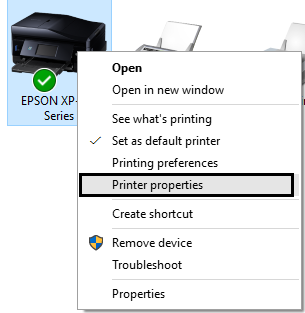
- #LPT1 VIRTUAL PORT WINDOWS 10 SERIAL#
- #LPT1 VIRTUAL PORT WINDOWS 10 UPGRADE#
- #LPT1 VIRTUAL PORT WINDOWS 10 SERIES#
#LPT1 VIRTUAL PORT WINDOWS 10 SERIES#
To help in your troubleshooting efforts, I’ll discuss a series of steps that you can use to locate and fix printing problems caused by an incorrectly detected printer port.įirst, close down all open applications. Most common solutions, like reinstalling the printer or updating the printer driver, do not seem to have any effect on the problem and only further compound the mystery. The real mystery of this problem is that no error message appears. But, when the user sends a document to the printer, the document shows up in the printer queue but never prints. In these cases, the printer appears to be installed and configured correctly.
#LPT1 VIRTUAL PORT WINDOWS 10 UPGRADE#
When you upgrade a user’s system to Windows XP, the installation procedure can fail to correctly detect the user’s printer/parallel port. Greg Shultz provides a fix in this Daily Drill Down. Parallel printer port detection can prove troublesome after a Windows XP upgrade because all systems appear to be functioning, but your user gets no output. If a different port is displayed, click the down arrow button, and select the correct port from the list.Problematic parallel printer port fix for Windows XP
#LPT1 VIRTUAL PORT WINDOWS 10 SERIAL#
Note: When using infrared communication, COM4 (Infrared Serial (COM) Port) is the correct port.

* The example Properties dialog box is with the LPT port selected. If a different port is displayed, select the proper port from the drop-down menu or re-install the printer driver. The correct port displays the connected printer name to the right of \"USBPRNxxx\" (xxx denotes numbers).

Click / Select 'Start' from the bottom left of the Windows screen, 'Control Panel', 'Hardware and Sound', and then click on 'Printers'.Click the 'Start' button from the bottom left of the Windows screen, and then click on 'Devices and Printers'.




 0 kommentar(er)
0 kommentar(er)
